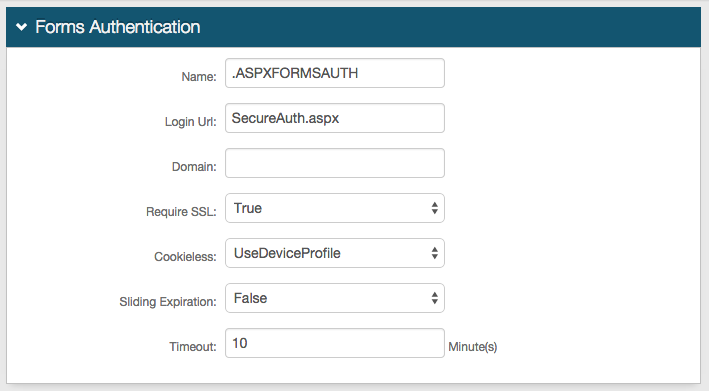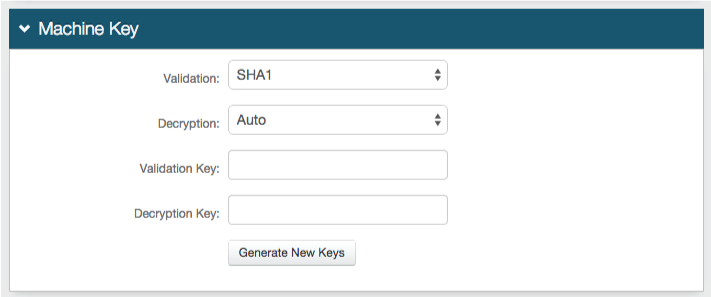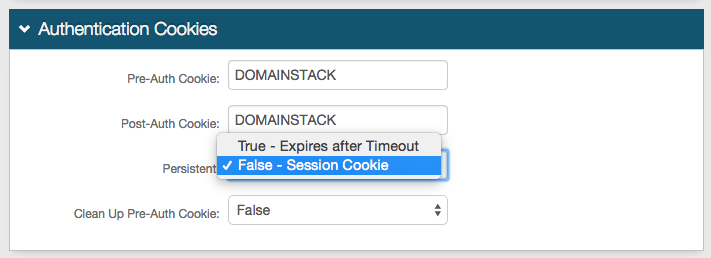ITRP (SP-initiated) Integration Guide
Introduction
Use this guide to enable Multi-Factor Authentication and Single Sign-on (SSO) access via SAML to ITRP.
Prerequisites
1. Have an ITRP account
2. Create a New Realm for the ITRP integration
3. Configure the following tabs in the Web Admin before configuring the Post Authentication tab:
Overview – the description of the realm and SMTP connections must be defined
Data – an enterprise directory must be integrated with SecureAuth IdP
Workflow – the way in which users will access this application must be defined
Multi-Factor Methods – the Multi-Factor Authentication methods that will be used to access this page (if any) must be defined
SecureAuth IdP Configuration Steps
Data
 |
1. In the Profile Fields section, map the directory field that contains the user's ITRP ID to the SecureAuth IdP Property
For example, add the ITRP ID Field to the Email 2 Property if it is not already contained somewhere else
Warning
Click Save once the configurations have been completed and before leaving the Data page to avoid losing changes
Post Authentication
 |
2. Select SAML 2.0 (SP Initiated) Assertion Page from the Authenticated User Redirect dropdown in the Post Authentication tab in the Web Admin
3. An unalterable URL will be auto-populated in the Redirect To field, which will append to the domain name and realm number in the address bar (Authorized/SAML20SPInit.aspx)
4. A customized post authentication page can be uploaded, but it is not required
User ID Mapping
 |
5. Select the SecureAuth IdP Property that corresponds to the directory field that contains the ITRP ID (Email 2)
6. Select urn:oasis:names:tc:SAML:1.1:nameid-format:unspecified from the Name ID Format dropdown (default)
Select a different option if ITRP requires it, which the Service Provider (SP) will provide
7. Select False from the Encode to Base64 dropdown
SAML Assertion / WS Federation
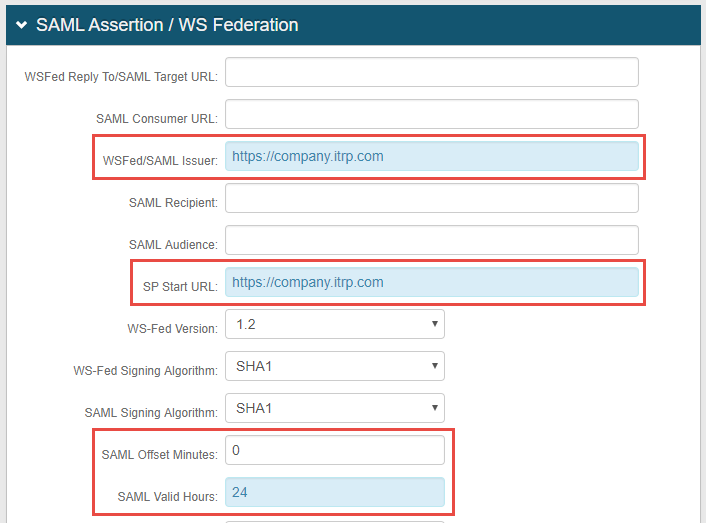 |
8. Set the WSFed/SAML Issuer to the ITRP domain value, e.g. https://company.itrp.com
The WSFed/SAML Issuer must match exactly on the SecureAuth IdP side and the ITRP side
9. Provide the SP Start URL to enable SSO and to redirect users appropriately to access ITRP
For example, the SP Start URL would be https://company.itrp.com (replace company with actual domain)
10. Set the SAML Offset Minutes to make up for time differences between devices
11. Set the SAML Valid Hours to limit for how long the SAML assertion is valid
Note
No configuration is required for the WSFed Reply To/SAML Target URL, SAML Consumer URL, SAML Recipient, or SAML Audience fields
 |
12. Leave the Signing Cert Serial Number as the default value, unless there is a third-party certificate being used for the SAML assertion
If using a third-party certificate, click Select Certificate and choose the appropriate certificate
13. Provide the Domain in order to Download the Metadata File to send to ITRP (if required)
Warning
Click Save once the configurations have been completed and before leaving the Post Authentication page
Forms Auth / SSO Token
Optionally, in the Forms Auth / SSO Token section, click the View and Configure FormsAuth keys/SSO token link to configure the token/cookie settings and configure this realm for SSO.
 |
ITRP Configuration Steps
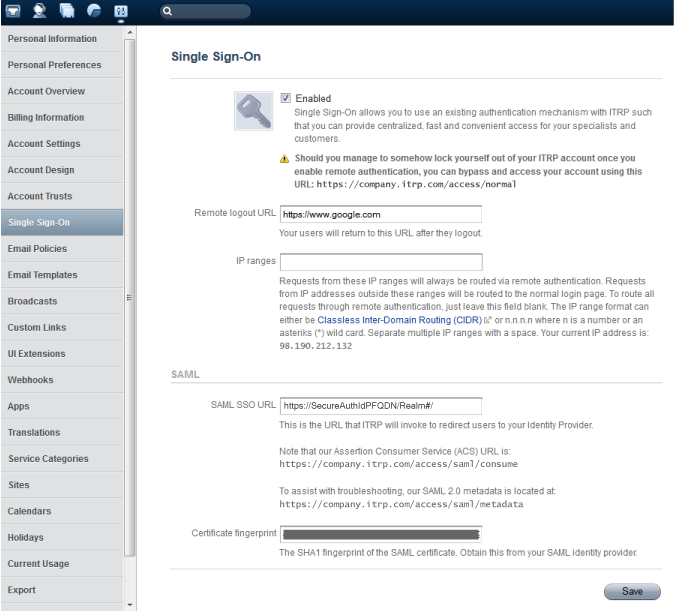 |
1. Log into ITRP, click on Settings, then Single Sign-On
2. Set the Remote Logout URL to a URL to where end-users will be redirected after logging out of ITRP, e.g. https://www.google.com
3. Provide IP Addresses that will utilize SecureAuth IdP for authentication, and those not listed will be routed to the normal ITRP login page in the IP Ranges field
Leave this field empty to send all users through SecureAuth IdP authentication
4. Set the SAML SSO URL to the Fully Qualified Domain Name (FQDN) of the SecureAuth IdP appliance, followed by the realm configured for the ITRP integration, e.g. https://idp.company.com/secureauth2/
5. Provide the Certificate fingerprint (SHA1 fingerprint) of the certificate used in the SecureAuth IdP Web Admin (step 12)
Note
The URLs provided on this ITRP settings page (https://company.itrp.com/access/normal, the Assertion Consumer Service, and the SAML 2.0 Metadata Location) will alter based on the ITRP domain
Troubleshooting / Common Issues
Use https://<domain>.itrp.com/access/normal as a backdoor if there are issues with the SSO, and users are unable to log into the ITRP account.
